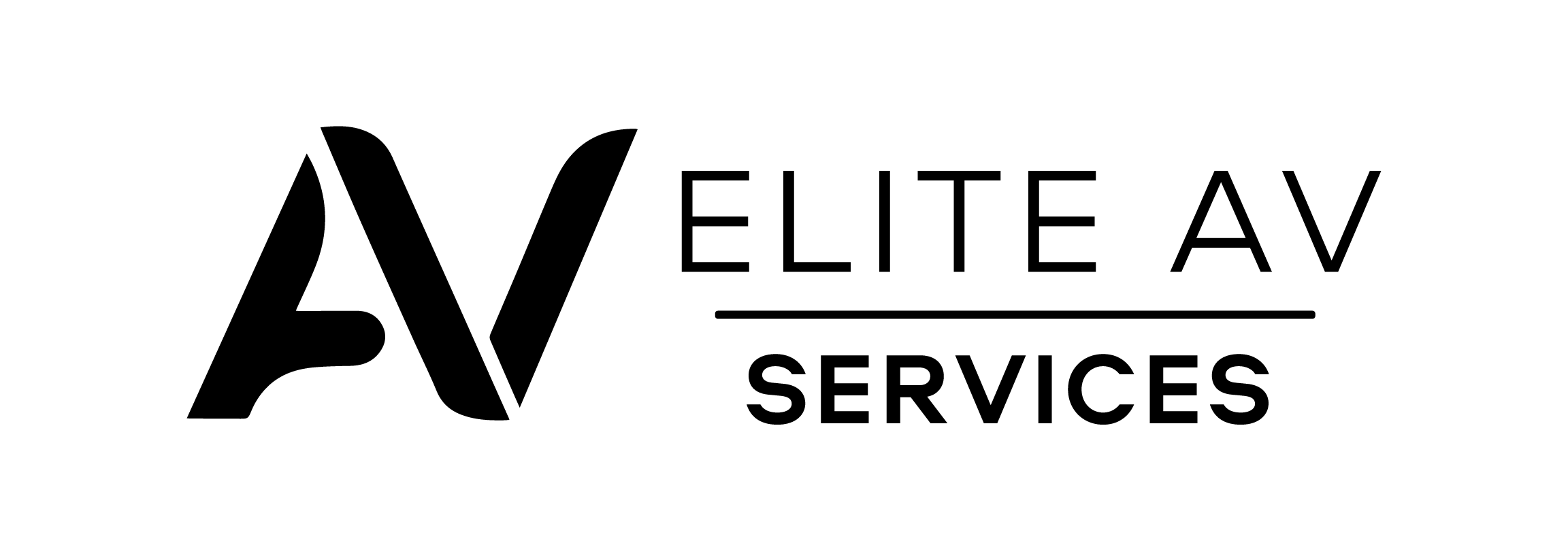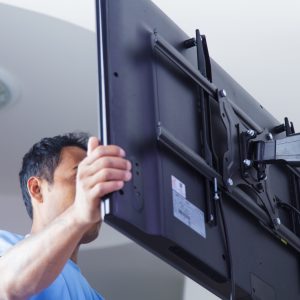Everyone wonders about privacy in public toilets. It’s a fact: cameras are found in some public loos. This article breaks down the legal side and what it means for you. Keep reading for the full scoop!
Understanding the Use of CCTV Cameras in Toilets
The use of CCTV in toilets sparks debates around privacy and security, making it a sensitive issue. Concerns about safety and misconduct have prompted some establishments to install CCTV cameras in public restrooms.
However, these measures must align with strict Data Protection Act procedures to safeguard personal privacy while addressing security needs. Schools, for instance, may place cameras in communal areas of their toilets but not inside cubicles, ensuring students’ privacy is respected.
CCTV in toilets must balance the need for security with respect for personal privacy.
Surveillance cameras in the workplace or school toilets raise important legal and ethical questions. Employers or administrators who decide to implement such surveillance systems must avoid crossing boundaries that violate employee or student rights under privacy laws.
The controversy surrounding Wetherspoons highlights how public reaction can sway against businesses that fail to navigate this delicate balance thoughtfully.
The Legal Aspects
Understanding the legal side of using CCTV cameras in toilets shows that laws like the Data Protection Act and the Human Rights Act play crucial roles. These acts ensure protection against unjustified surveillance and uphold individuals’ rights to privacy in sensitive areas such as restrooms.
Data Protection Act
The Data Protection Act plays a crucial role in managing how personal data, including footage from CCTV cameras, is used and protected. This law ensures that organisations follow strict data handling rules to safeguard privacy rights.
They need explicit reasons for collecting personal data and must ensure it is used fairly, lawfully, and transparently. Organisations are also required to keep the gathered information secure from unauthorised or illegal processing and accidental loss.
This act only permits necessary surveillance when CCTV is used in toilets. The act demands clear signage indicating the presence of cameras for those entering restrooms equipped with CCTV.
Moreover, surveillance equipment should not capture images within individual cubicles or urinals to maintain personal privacy. Companies installing these systems must comply with stringent guidelines set by the Data Protection Act, demonstrating that monitoring is justified and does not violate individuals’ privacy rights.
Human Rights Act
The Human Rights Act protects people’s freedom and rights in many areas, including privacy. It states that everyone has the right to respect for their private and family life, home, and correspondence.
This law makes installing CCTV cameras in toilets tricky because it could infringe on individuals’ privacy rights. People often question if surveillance in public restrooms or workplace toilets violates this act, highlighting the balance between security measures and respecting personal privacy.
Employers and public facility managers must ensure their use of CCTV monitoring respects these legal boundaries to avoid breaching the Human Rights Act. Schools have guidelines allowing them to place cameras in communal areas of toilets but not inside cubicles, which responds directly to concerns over privacy without compromising safety.
Everyone has the right to respect for their private and family life, their home and their correspondence.
Turning our attention to different settings sheds light on how various places approach this sensitive issue.
Use of CCTV in Different Settings
CCTV cameras find their places in various locations, each with unique rules and reasons for their use. The justifications and regulations surrounding their installation vary greatly from pubs and schools to the workplace.
Toilets in Pubs
Public restrooms in pubs have sparked discussions about privacy rights and the legalities of surveillance. Some pub chains, like Wetherspoons, faced backlash for installing cameras near washing areas.
This action raised questions about personal privacy and the boundaries of security measures. Pub owners must balance the need for safety with respect for individual rights, adhering to Data Protection Act regulations.
Installing CCTV cameras in these spaces demands careful consideration of placement to avoid invading personal privacy. Surveillance cannot intrude upon areas where individuals expect complete privacy, such as cubicle interiors.
Owners should ensure their security practices comply with legal requirements to protect patrons’ rights while maintaining a secure environment.
Toilets in Schools
Schools in the UK can place CCTV cameras in their toilets, provided they are not positioned within the cubicles themselves. This policy aims to ensure safety and prevent vandalism.
All schools must comply with specific laws and regulations regarding this practice, ensuring that using surveillance cameras respects students’ privacy rights.
Installing CCTV in school restrooms requires careful consideration of both legal requirements and personal privacy concerns. The Data Protection Act regulates this sensitive issue, demanding schools follow strict procedures.
These measures include informing students about the presence of CCTV cameras and explaining why they are necessary for their security.
Toilets in the Workplace
Transitioning from schools to the workplace, the discussion around CCTV cameras continues to be a contentious issue. Employers considering surveillance in workplace toilets must tread carefully due to privacy concerns and legal ramifications.
Under the Data Protection Act, installing CCTV in such private areas can lead to severe consequences if not handled with strict compliance to regulations. This includes ensuring that any monitoring does not infringe on employee rights or invade personal privacy.
In UK workplaces, security measures must be balanced against privacy rights. Surveillance cameras in bathrooms are subject to stringent legal requirements to protect employees against unwarranted invasion of their personal space.
Any violation of these laws not only breaches trust but also exposes employers to potential legal issues, highlighting the importance of adhering closely to both national legislation and workplace regulations regarding bathroom security and data protection.
Responsibilities and Regulations
Owners must follow strict guidelines to ensure the legal use of CCTV in toilets, covering everything from signage to data security.
Registering with the ICO
Businesses and schools that decide to install CCTV cameras in toilets must register with the Information Commissioner’s Office (ICO). This step is crucial for complying with the Data Protection Act.
The ICO registration process involves explaining how the footage will protect privacy and adhere to legal requirements.
The registration shows a commitment to handling personal data responsibly. It ensures surveillance practices respect privacy rights and adequately addresses public restrooms, workplace regulations, and school surveillance concerns.
Compliance helps avoid legal issues tied to illegal surveillance and invasion of privacy.
Clear and Transparent Policies
After businesses have completed their registration with the ICO, they must focus on crafting clear and transparent policies regarding the use of CCTV cameras in toilets. This is crucial for ensuring compliance with privacy laws and maintaining trust.
- Businesses need to create a detailed CCTV policy document. This document should explain why they are using CCTV, how they will use it, who will have access to these videos, and how long the footage will be kept.
- They must inform employees and visitors about the presence of CCTV cameras. This involves placing signs in visible locations around the premises, indicating that surveillance is taking place.
- The policy should outline the specific areas where CCTV is installed. It is essential to avoid placing cameras in sensitive areas such as inside toilet cubicles or changing rooms to respect personal privacy.
- Procedures for accessing recorded footage need strict controls. Access should be limited to authorised personnel only, and there must be a valid reason for viewing the footage related to security or safety concerns.
- Organisations should regularly review their CCTV policies and practices. This ensures they remain compliant with new regulations or changes in legal requirements concerning data protection and privacy rights.
- The policy document should include details on how individuals can request access to footage that may contain images of themselves, complying with data protection regulations that allow people to see information about them.
- Finally, clarity on how complaints or queries about surveillance are handled is essential. A clear procedure enables individuals to openly raise concerns about privacy violations or misuse of surveillance systems.
Protecting Data
Protecting data is crucial when installing CCTV cameras in toilets. It ensures compliance with the Data Protection Act and safeguards individuals’ privacy rights. Here are the steps that must be taken:
- Inform those being monitored by placing clear signs that surveillance cameras are in operation. This step respects the public’s right to know and aligns with transparency requirements.
- Ensure CCTV footage is only viewed by authorised personnel. This practice limits access to sensitive information, reducing the risk of misuse or a breach of privacy.
- CCTV recordings should be retained for a limited period, as dictated by legal requirements. Longer retention without justification could infringe on individuals’ privacy.
- Securely store any recorded footage to prevent unauthorised access. Implementing strong encryption and secure passwords is essential for protection against hackers.
- Establish a formal policy on why, how, and where CCTV is used in toilets, including handling requests from individuals wanting to view footage related to them. Policies provide clarity and help manage expectations.
- Regular audits of CCTV use should be conducted to ensure compliance with both legal obligations and internal policies. Audits identify potential issues before they escalate into legal problems.
- Train staff involved in monitoring or handling CCTV footage on their responsibilities under privacy laws and regulations. Educated employees are less likely to cause breaches through ignorance or negligence.
Following these guidelines can help organisations balance the need for security with respect for individual privacy rights in sensitive areas like toilets.
Moving on to the next section, let’s discuss how different settings impact the use of CCTV in toilets.
Conclusion
Fitting CCTV cameras in toilets raises major legal and privacy concerns. Laws like the Data Protection Act set strict rules, making it clear that while surveillance might be possible, it must handle personal privacy with care.
Schools, workplaces, and public spaces must balance security needs against individual rights. Ensuring compliance with these laws helps avoid serious consequences for violating personal privacy.
Thus, installing CCTV cameras in bathrooms is a complex issue that requires careful consideration of both legality and ethics.





